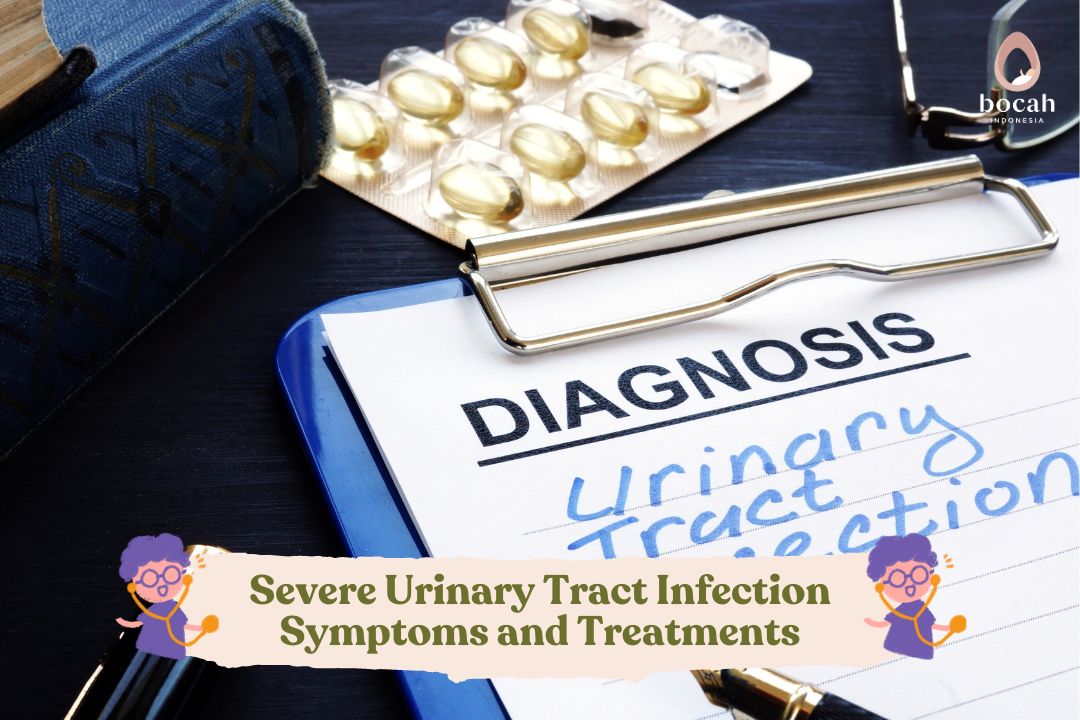Kallmann Syndrome: Causes, Symptoms, and Treatments

Kallmann Syndrome is one of the causes of infertility involving olfactory disorders and disruptions in sex hormones.
Kallmann Syndrome, also known as Maestre-Kallmann-Morsier Syndrome, is a genetic disorder associated with hypogonadotropic hypogonadism and olfactory dysfunction (anosmia and hyposmia). This syndrome affects the entire hypothalamic-pituitary-adrenal (HPA) axis and sex hormone production, making it a cause of infertility.
What is Kallmann Syndrome?
Kallmann Syndrome is a condition in which the body fails to produce gonadotropin-releasing hormone (GnRH). Under normal conditions, the hypothalamus releases GnRH in sudden and drastically high amounts during puberty. At this stage, GnRH stimulates the testes in males and the ovaries in females to produce sex hormones. When these hormones are insufficient, a child will not enter puberty and will be unable to conceive without special assistance.
Individuals with Kallmann Syndrome do not experience the GnRH surge due to failures during embryonic and fetal development. Specifically, this is caused by a failure of nerve migration from the olfactory epithelium to the hypothalamus, the brain area responsible for synthesizing GnRH. Without these nerves, the hypothalamus cannot stimulate hormone production in the pituitary gland. In this case, the pituitary fails to produce luteinizing hormone (LH) and follicle-stimulating hormone (FSH), which are critical for the production of male and female sex hormones.
As a result, individuals with Kallmann Syndrome experience delayed or absent puberty and a loss or lack of sense of smell (anosmia).
Tanya Mincah tentang Promil?
What Causes and Risk Factors for Kallmann Syndrome?
Kallmann Syndrome is a hereditary genetic disorder. Depending on the type of mutation, the inheritance pattern can be autosomal dominant, autosomal recessive, or X-linked.
The inheritance pattern is often X-linked, making it more prevalent in males—five times more likely than in females, affecting approximately 1 in 30,000 males compared to 1 in 125,000 females.
Here are the key genes associated with Kallmann Syndrome based on inheritance patterns:
- X-linked: KAL1 (Xp22.32)
- Autosomal dominant: FGFR1 (8p12), FGF8 (10q25-q26), CHD7 (8q12.2), SOX10 (22q13.1)
- Autosomal recessive: PROKR2 (20p12.3), PROK2 (3p21.1)
Depending on the mutation and affected gene, carriers of Kallmann Syndrome may need assisted reproductive technology to prevent passing the gene to their offspring.
What are the Symptoms of Kallmann Syndrome?
Individuals with Kallmann Syndrome fail to undergo full sexual and reproductive development. Apart from infertility, both men and women with this syndrome lack clear secondary sexual characteristics during puberty.
1. Symptoms in Males
By age and developmental stage, symptoms of Kallmann Syndrome in males include:
- Infancy/Childhood: Small penis (micropenis) and undescended testicles (cryptorchidism).
- Adulthood: Symptoms related to hypogonadism and testosterone deficiency:
- Low bone density and muscle mass
- Small testicular volume
- Erectile dysfunction
- Low libido
- Oligospermia (low sperm count) or azoospermia (no sperm)
Additionally, adult males with Kallmann Syndrome often appear adolescent due to persisting juvenile features.
2. Symptoms in Females
Common symptoms in females include:
- Primary amenorrhea: Absence of menstruation.
- Incomplete or absent breast development: During puberty.
Due to a lack of sex hormones like estrogen, women with this syndrome experience anovulatory cycles, meaning no egg is released monthly, leading to infertility.
3. Other Symptoms
Symptoms that may affect both genders include:
- Partial or total loss of the sense of smell (anosmia) due to underdeveloped olfactory bulbs.
- Other abnormalities:
- Kidney defects, such as unilateral renal agenesis (failure of one kidney to develop).
- Mild intellectual disability.
- Hearing impairment.
- Color blindness.
- Involuntary hand or eye movements.
- Cleft lip or palate.
- Dental anomalies.
- Scoliosis (S-shaped spine).
How is Kallmann Syndrome Diagnosed?
Diagnosis typically begins with a physical examination and a thorough medical interview, focusing on delayed puberty and olfactory disorders. As it is an inherited condition, doctors may inquire about relatives with similar symptoms or fertility issues.
Tests that may be conducted include:
- Hormone evaluation: FSH, LH, testosterone, and estrogen levels.
- Olfactory tests: To evaluate the sense of smell qualitatively and quantitatively. MRI can be used to examine the olfactory bulb.
- Signs of hypogonadism: Such as absent secondary sexual characteristics.
- Genetic screening: To identify mutations causing the disorder.
How is Kallmann Syndrome Treated?
Kallmann Syndrome is primarily treated with hormone replacement therapy, administered to both males and females.
- For males: Testosterone injections, patches, or gels to support growth and development during puberty.
- For females: Estrogen and progesterone pills or patches to aid in sexual development.
For fertility:
- GnRH injections: To stimulate ovulation in women.
- hCG injections: To increase sperm production in men.
Hormone replacement therapy is long-term and tailored to the individual’s age and developmental stage. It not only aids in puberty but also strengthens bones and reduces osteoporosis risk in the future.
Conclusion
Kallmann Syndrome currently has no cure. Long-term hormonal therapy is essential for normal growth, development, and future fertility. Affected individuals may require assisted reproductive programs to prevent passing the condition to their offspring. If you or your child exhibits symptoms of Kallmann Syndrome, consult a healthcare professional immediately.
Source:
- Cleveland Clinic. (25 Mei 2022). Sindrom Kallmann. URL: https://my.clevelandclinic.org/health/diseases/23096-kallmann-syndrome.
- National Organization for Rare Disorders (NORD). (14 Juli 2015). Kallmann Syndrome. URL: https://rarediseases.org/rare-diseases/kallmann-syndrome/
- The Royal Children’s Hospital Melbourne. (Juni 2018). Fact sheet: Kallmann Syndrome. URL: https://www.rch.org.au/kidsinfo/fact_sheets/kallmann_syndrome_an_overview/
- Sonne J, Lopez-Ojeda W. Kallmann Syndrome. [Updated 2023 May 16]. In: StatPearls [Internet]. Treasure Island (FL): StatPearls Publishing; 2024 Jan-. Available from: https://www.ncbi.nlm.nih.gov/books/NBK538210/










